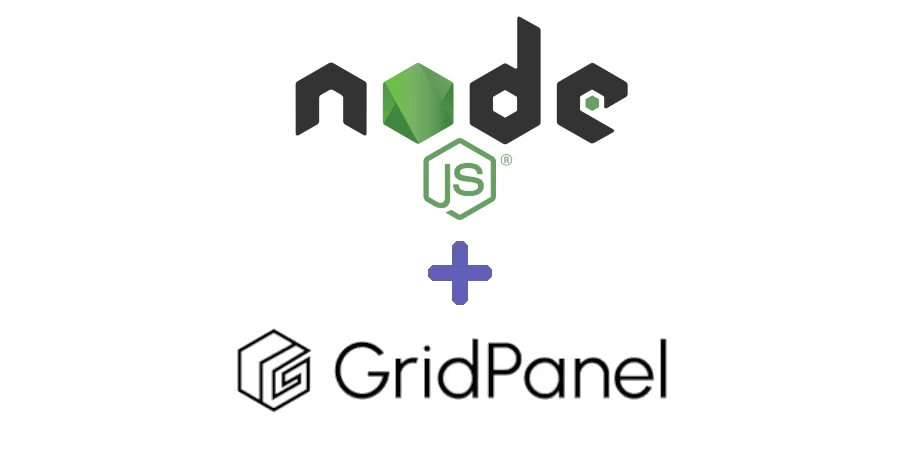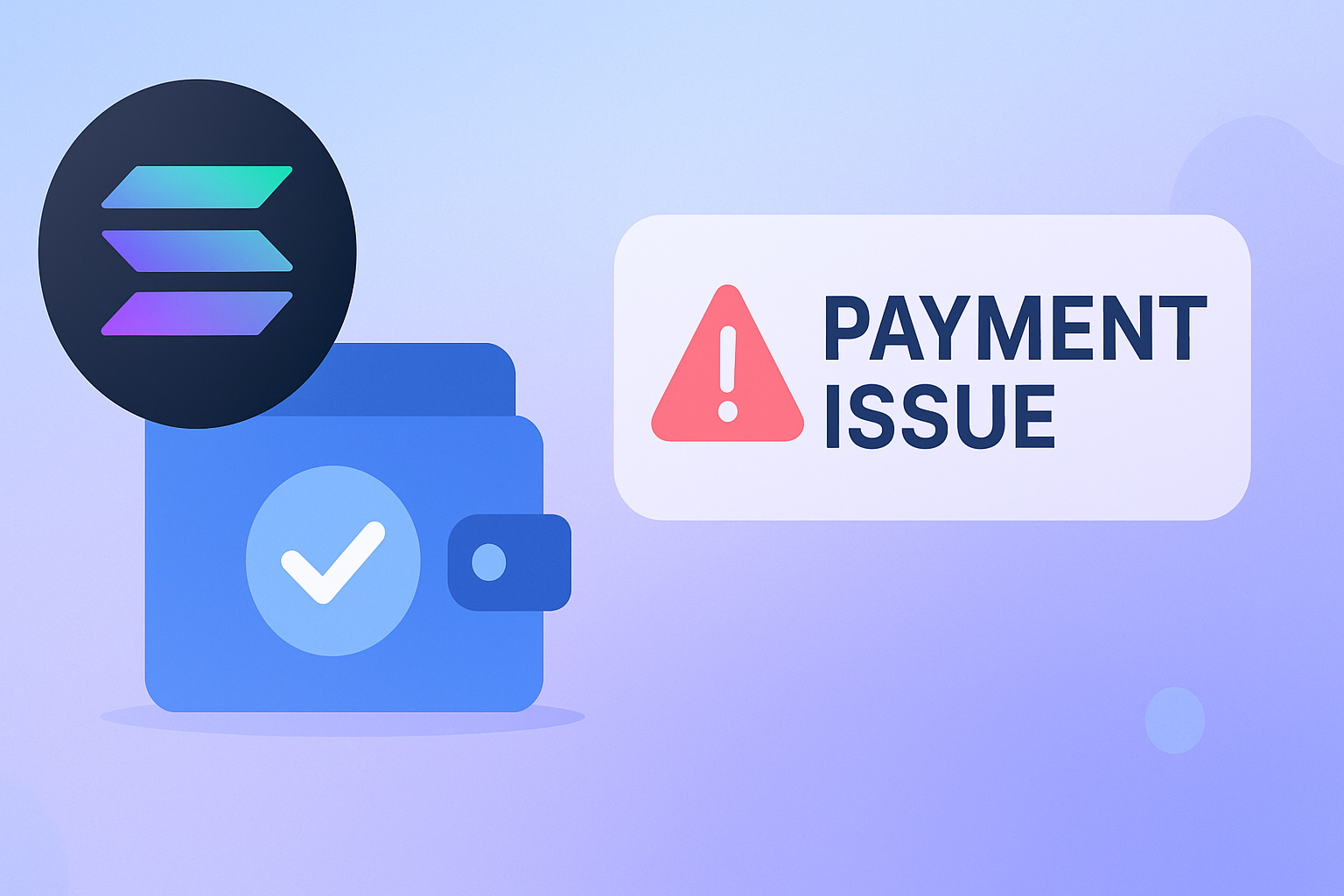In the ever-connected world of web development, the ability to interact with external resources via HTTP requests is paramount. But what if you need an extra layer of control, privacy, or security? Enter proxy servers. In this comprehensive guide, we'll explore how to make HTTP requests with Node.js using a proxy server. Whether you're enhancing security, accessing geo-restricted content, or analyzing network traffic, proxies are a powerful tool in your developer toolkit.
When working on Node.js web applications, you might encounter scenarios where harnessing a proxy becomes essential for dispatching requests to external resources. Essentially, a proxy assumes the position of an intermediary, situating itself between your application and the expansive digital domain. In the upcoming discussion, we'll delve into the realm of proxy utilization in Node.js, unveiling the 'how' and exploring various use cases.
Here are quick links to the different methods of using NodeJS with a proxy for you convenience.
Understanding Proxies
A proxy server acts as an intermediary between your client application and external servers. When you make an HTTP request through a proxy, the proxy intercepts the request, forwards it to the target server, receives the response, and then forwards that response back to your application. Proxies are commonly used to enhance security, cache content, or provide anonymous browsing.
Selecting the Proxy Library
Node.js offers several libraries to work with proxies, but two popular options are the built-in `http` module and the versatile `axios` library. We'll cover both.
Making HTTP Requests through a Proxy
Below we have given two examples of how to use a proxy to route your HTTP requests in Node.js. If you do not have a proxy, you can grab one from our site.
Using the `http` Module
Here we have an example of using a proxy with the Node.js http module.
const http = require('http');
const proxyOptions = {
host: 'your_proxy_hostname',
port: your_proxy_port,
path: 'http://example.com', // The target URL
headers: {
Host: 'example.com',
},
};
const req = http.request(proxyOptions, (res) => {
let data = '';
res.on('data', (chunk) => {
data += chunk;
});
res.on('end', () => {
console.log(data);
});
});
req.end();
Using the `axios` Library
And here we are using the axios library
const axios = require('axios');
const proxyConfig = {
host: 'your_proxy_hostname',
port: your_proxy_port,
};
const instance = axios.create({
proxy: proxyConfig,
});
instance.get('http://example.com')
.then((response) => {
console.log(response.data);
})
.catch((error) => {
console.error(error);
});
Adding Proxy Authentication
If your proxy requires authentication, you can include credentials as follows:
const axios = require('axios');
const proxyConfig = {
host: 'your_proxy_hostname',
port: your_proxy_port,
auth: {
username: 'your_username',
password: 'your_password',
},
};
Handling Response Data
Depending on the library you choose, the way you handle the response data might vary. In the examples provided, we're logging the response data to the console. You can further process, parse, or manipulate the data to suit your application's needs.
Debugging and Troubleshooting
- Double-check the accuracy of your proxy hostname, port, and target URL.
- Ensure that your proxy supports HTTPS if the target URL uses HTTPS.
- If you encounter SSL certificate issues, consider handling SSL certificates appropriately.
- Use error handling to provide a smooth user experience.
Conclusion
Incorporating proxy servers into your Node.js HTTP requests can significantly enhance your application's capabilities. Whether it's for security, privacy, or content manipulation, proxies provide a versatile solution. By understanding the fundamentals, selecting the right library, and practicing effective debugging, you can confidently wield the power of proxy-enabled HTTP requests in your Node.js applications.
Sign up for an account and join our grid today to keep you ahead of your competitors.





